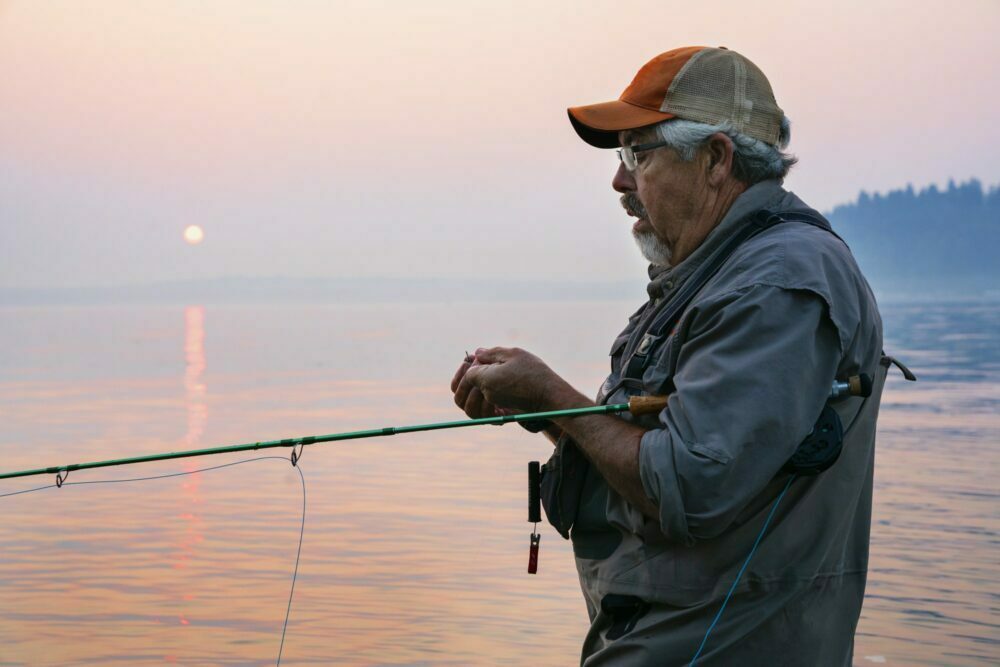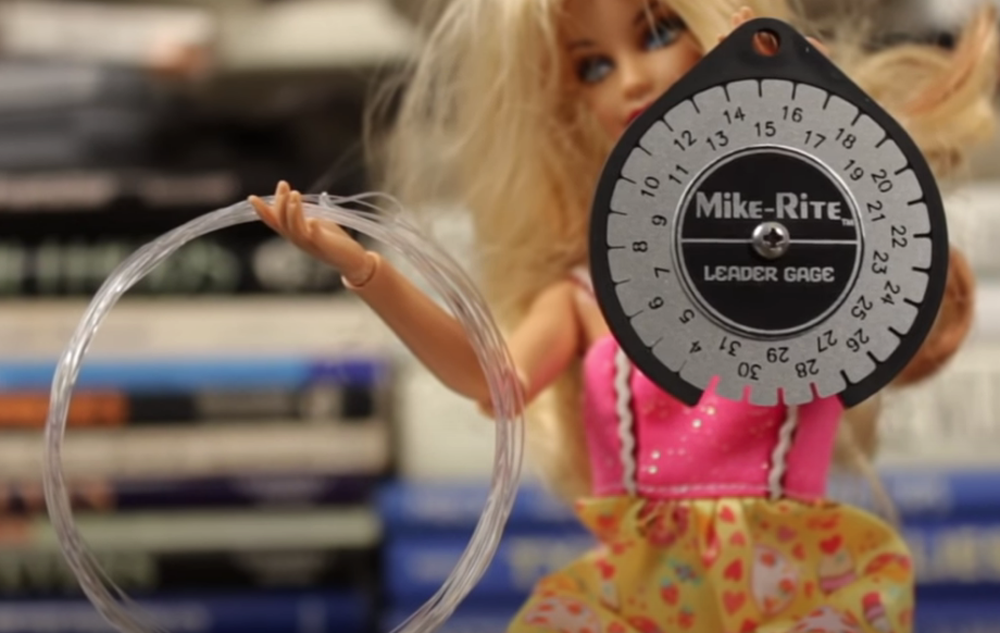
With a Leader Gage an angler can shorten any tapered leader and know at what diameter or pound test it has been cut.
Hand-built leaders are not going away any time soon, but there is a more straightforward and much handier alternative
By Skip Clement
When the kid you played a big part in raising and influencing surpasses you in fly fishing knowledge and skills by proportions beyond measure, pride gets to ride high on your self-worth ledger.
My stepson is a well-known and respected fishing guide, Captain Andrew Derr. He’s been at fishing and mainly fly fishing since childhood. His professional guiding career began in the Florida Keys in the 90s, followed by being the GM at New York City’s only fly shop, Urban Angler. Currently, and for close to two decades, guiding on Eastern Long Island, New York.
Andrew has been central in the striper Mecca story, made famous by the fishery itself but more expansively by Andrew’s good friend, Capt. Paul Dixon, and the book Paul helped inspire – The Moon Pulled Up an Acre of Bass: A Flyrodder’s Odyssey by Peter Kaminsky, published in 2001.
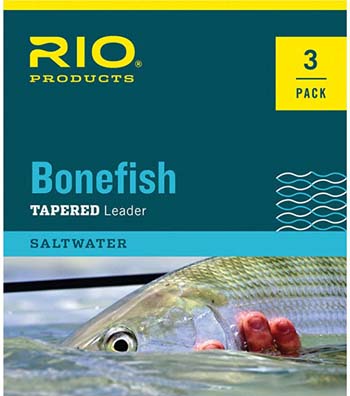
Knotless leaders are designed for just about every species of game fish.
How does that relate to leaders?
So, when it comes to leaders, Andrew, who has the finger dexterity of a neurosurgeon, can tie perfectly any series of leader knots while piloting his vessel in rough seas, and during high winds and near winter weather. Montauk’s version of the Atlantic Ocean meets a combination of currents that makes it treacherous on occasion. But, no matter the years of experience or outings per year a ‘regular’ fly fisher logs, it cannot match a pro’s when it comes to leader builds, knot-tying, nor repeatedly produce knot security.
Most of us grew up with leaders made of any number of ‘best’ segmented leader rules found in books, and that created resistance accepting knotless leaders when they first arrived on the scene [the late 1980s or early 1990’s?] and anything that challenged doing away with apportioned construction. It’s still an argument that brings frost to some old timers’ disposition.
It’s a good argument, but . . .
“The most prevalent arguments against knotless are: They are not nearly as good at presenting a fly or making the casting more effortless. In addition, the cost expense of knotless leaders is many times higher versus carrying around spools of graduated diameter leader materials.
When you tie from scratch, you know exactly where each piece begins and ends and its strength, but not so with tapered knotless leaders. That makes it more challenging to know exactly how much good tippet you’re starting with or how much remains (if any) after you begin changing flies throughout the day.
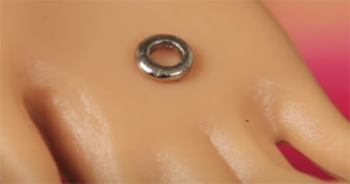
A stand alone tippet ring.
Then there was light via tippet gage and tippet rings
You do not have to tie up a bunch of segmented leaders. You can make soft landings, enjoy good casting, and don’t have to buy $200 worth of knotless leaders each year when you switch to knotless leaders and tippet rings. To tie on a knotless leader and, depending on its length and pound test strength, cut it off at plus or minus, 18″ to 24″. No, you do not need to guess at a pound test cutoff suitable for dry fly fishing for trouts or streamers for salmons, tarpon, and Alaska size rainbows – get a tippet gage.
“Home-tied leaders are the country cousin of a braided leader. Many anglers believe their home-tied leaders to be superior to the tapered leaders they can buy in the store. These anglers are kidding themselves; not only are they unable to achieve the kind mathematical precision in tapering a piece of monofilament to maximize energy transfer that a computer-controlled extrusion machine can produce, but they also add a high number of knots to the system in the course of tying their leaders out of many small bits of tippet. Knots weaken monofilament, period. They also (again) add surface area, increasing visibility, and most unfortunately they catch debris. The debris is the real killer; you might as well have intentionally tied a bunch of marking flags to your leader before trying to sneak up on a wise brown trout. Stick with tapered leaders and add only a section or two of tippet; if you find yourself having to rebuild a leader on the water, fine, but replace it as soon as possible with a new tapered leader.” — – The Itinerant Angler
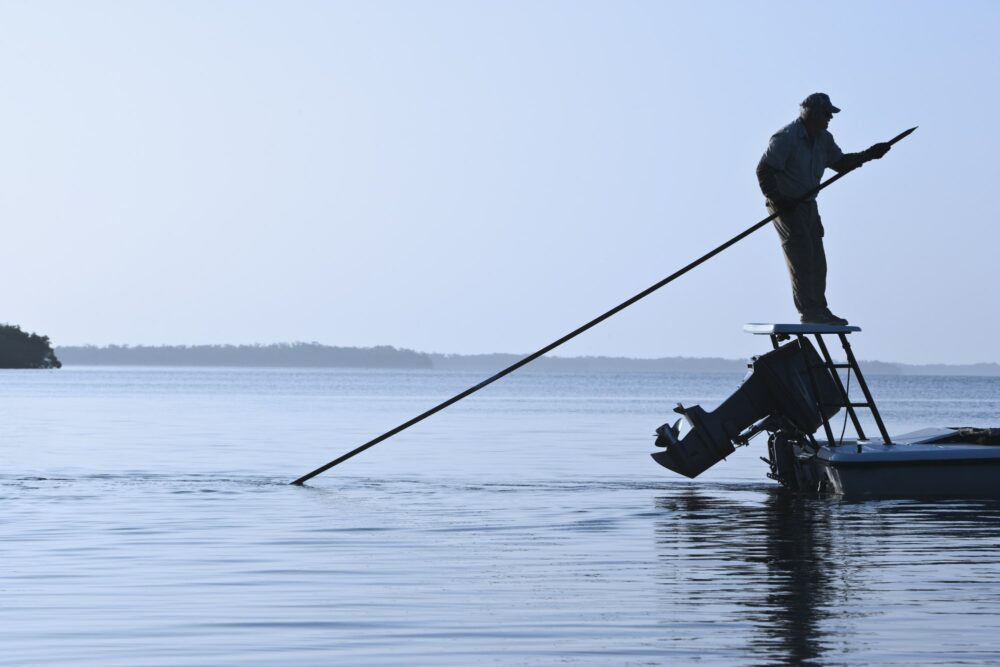
Poling a flats skiff.
With tippet rings, a knotless leader usually serviceable for two years +/-
When fishing for Florida Keys’ Megalops atlanticus no one should be afraid of using tippet rings. A 100-pound tarpon is not going defeat a tippet ring. They are available up to 40-pound test – no joint or burrs.


